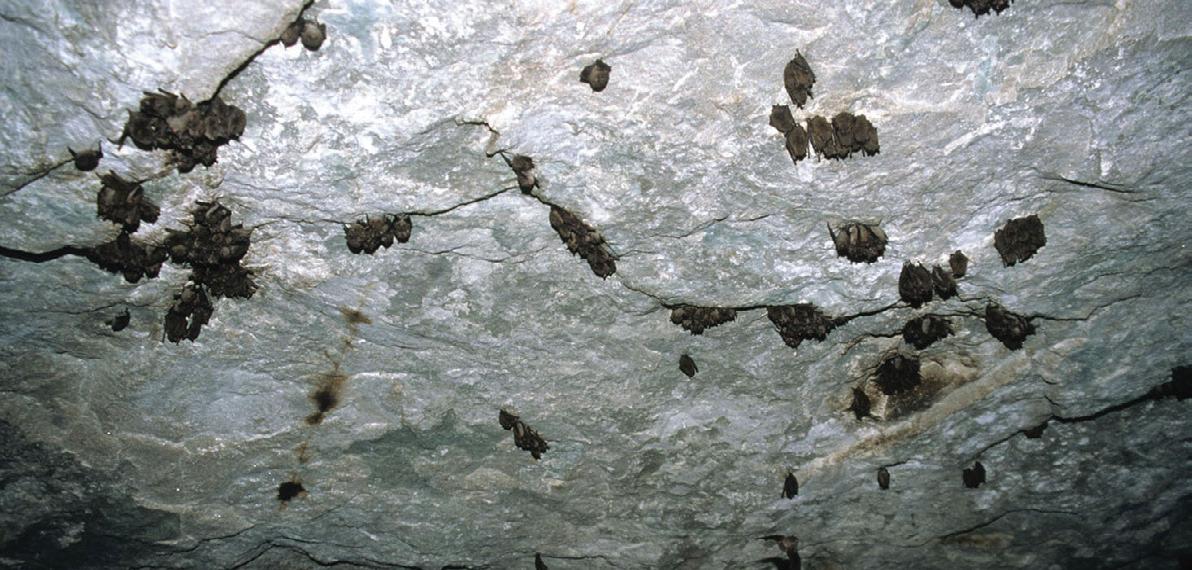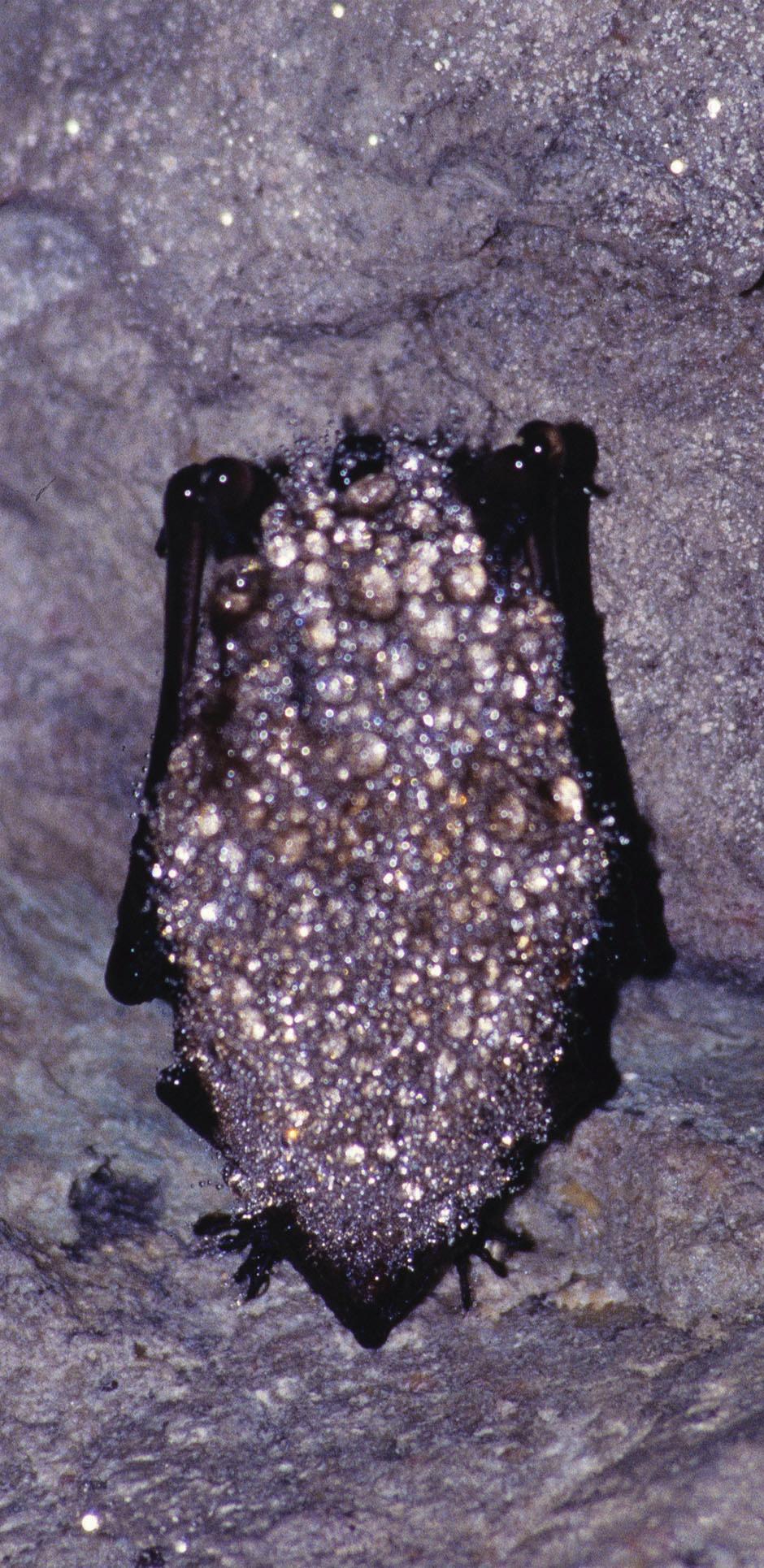
2 minute read
Beneficial bats
How bats and humans need each other
By Barbara Mudrak
Advertisement
While some folks think bats are creepy and should be shooed away, they are essential to the environment and benefit people, especially those in agriculture. It’s estimated that Ohio’s bats save $1 billion a year in crop loss because of all the insects they eat.
The tricolored bat, the smallest species found in the state, weighs about six grams — the weight of two pennies — while the hoary bat, the biggest in Ohio, can weigh almost six times as much. A bat can eat up to its entire body weight in insects in a single night. Their menu includes night-flying beetles, deer flies and mosquitos.
“That’s thousands of insects per night,” said Eileen Wyza, PhD, the wildlife biologist in charge of terrestrial species of greatest conservation need for the Ohio Division of Wildlife.
Bats find insects in the dark by echolocation. They send out highpitched vocalizations that we can’t hear but they can and which bounce off the thing they’re after. The closer they get, the more frequent the vocalizations, creating an almost 3-D image of their prey.
Not picky. The dozen or so species of bats seen in Ohio are strictly nocturnal, active from just after sunset to just before sunrise, Wyza said. And while bats in other parts of the world eat nectar, fruit, fish, rodents — and in the case of vampire bats, blood — Ohio’s species eat insects exclusively. And they’re not picky
“None of our bats are specialists,” she said. “They’ll eat pretty much any kind of insect.”
Bats that stay here year-round have not only adapted to the state’s insect menu but also to Ohio winters. They employ delayed fertilization, mating in the fall “when they’re full of fat and have the energy,” Wyza said. They hold onto the sperm during hibernation, then fertilize their eggs in spring — after they’ve had a chance to eat some insects and regain some fat stores.

Bats have their babies in May and nurse them for a few weeks. The pups start to fly at about five weeks. By the way, bats are the only mammals that can truly fly, Wyza said. Flying squirrels only glide.
Grounded. The Division of Wildlife often gets calls from late July into August when people may find a baby bat on the ground. That’s because they’re not very good at flying yet. But more importantly, they don’t have the strength to take off from the ground.
Bats hang upside down to sleep during the day, the claws of their feet clinging to tree bark or other rough surfaces. That’s why bat houses have the opening at the bottom, not on the side as bird houses do. When they’re ready to fly, they drop down and then zoom up, like a plane doing aerobatics.
If you find a bat pup on the ground, you can try picking it up — with gloves on — and placing it on a tree trunk, the side of a barn or some other rough surface; anywhere that it can get a flying start.
But if the pup is dehydrated, it might not be able to cling to a vertical surface. In that case, call one of the wildlife rehabilitators listed on the Ohio Department of Natural Resources website, Wyza said.
(Continued on Page B3)
TOP: In October and November, bats in Ohio begin to hibernate. They choose abandoned mines, tunnels, buildings, rock crevices or caves such as this one, where nighttime temperatures mostly stay above freezing. (Tim Daniel, Ohio Division of Wildlife, photo)
RIGHT: What looks like a broach covered in gems is actually a tricolored bat hibernating in one of Ohio’s many caves. (Tim Daniel, Ohio Division of Wildlife, photo)








